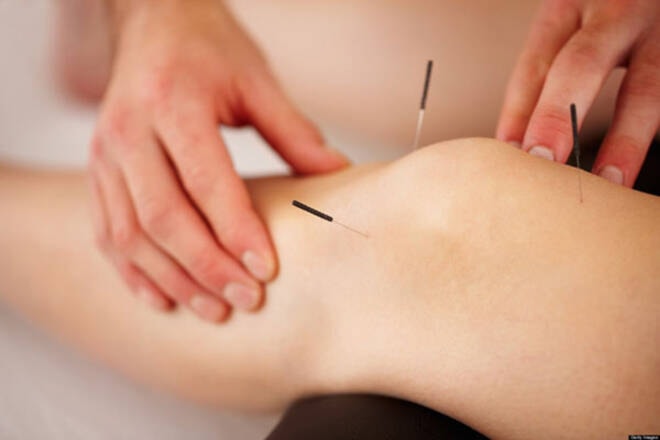CHERYL WITTER
For the Morning Star
“Should I use ice or heat” is the most common question I hear.
The second one is “What is the difference between acupuncture and dry needling/IMS?”
Most people think the use of a needle for pain relief in terms of acupuncture. But there is another treatment approach using “The Needle” that is vastly different from acupuncture. It’s called dry needling. Or IMS. When I took my dry needling course the first thing the instructor said was that the only similarity between acupuncture and dry needling was the needle.
Dry needling is different from Traditional Chinese acupuncture. Both methods do involve inserting a needle into the tissue. However, there are significant differences in the evaluation, application, and overall goal of the treatment. Traditional Chinese Acupuncture involves inserting needles along a meridian, based on Eastern Medicine principles, in order to re-establish chi or life energy, back in the body ( this is a very simplistic description).
Dry needling involves an examination of the neuromuscular system and insertion of a needle directly into hyperirritable spots within the muscle in order to de-activate it, and thus, decrease pain and restore function. The best way to think about the dry needling effect is to think about when you call Shaw or Telus with a computer issue. They say to you ….“unplug your computer…wait few seconds…then replug.” A computer reset. That’s what dry needling is. A muscle trigger point “reset” for those stubborn muscles. Here are some details:
What is dry needling?
Dry needling, also known as Intramuscular Stimulation (IMS), is an effective technique used by physiotherapists to treat pain arising from muscles and/or nerves. Dry needling involves inserting a needle, without medication, into an area of the muscle known as a trigger point. A trigger point is an irritable, hard “knot” within a muscle that is painful when palpated and can produce significant pain over a large area. Trigger points are very common and can often make everyday tasks difficult. Often, these trigger points may be too deep to be effectively treated by other treatment techniques.
How does dry needling work?
Dry needling works by advancing the needle into the trigger point, which causes the muscle to grab onto the needle in an attempt to repel the needle. This is called a localized twitch response. This localized twitch response is necessary in order to deactivate the trigger point and relax the muscle. This can result in significant pain relief, decrease muscle tension, increase the range of motion, and promote a return to activity.
What can I expect to feel with dry needling?
Many people may not feel the needle inserted into the muscle trigger point. However, once a localized twitch response is elicited, the discomfort can vary. Many people describe the feeling as a muscle cramp, an ache, grabbing or sharp pain. It doesn’t last long. And within 30 minutes of treatment, there is no discomfort at all. The next day it may feel like you had a hard workout at the gym.
What conditions can dry needling treat?
My favorite muscles to treat are the Upper Traps, Suboccipitals( for headaches ), and piriformis muscle ( which every low back/hip patient has issues with ).
Other good candidates are …
• Headaches and “whiplash” injuries;
• Tennis and golfers elbow;
• Neck and low back pain;
• Sciatica and piriformis syndrome;
• ITB and Patellofemoral pain syndrome;
• Thoracic/shoulder pain and dysfunction;
• Repetitive overuse injuries (tendonitis).
So let’s go back to my first dry needling course. Within minutes of the instructor describing “The Needle” in reference to acupuncture versus dry needling, she gave us all a box of needles. Then she gave us half a banana to practice on. Within a mere five minutes, she asked us to grab our partner’s elbow and insert the needle into the extensor muscles! Say what?!
This is a difficult moment for a manual therapist. We use our hands to heal. And now we hold this shiny, sharp new treatment tool. It’s not to be abused or randomly used. I still believe in full, all-encompassing rehab. Manual therapy, exercise prescription, education. But sometimes a few needles reboot the muscles and improves function. An old-fashioned, long-standing treatment approach that has shown some modern and relevant growth. The Needle. A powerful little thing in tehab management now. More tools in our toolbox to help you!
Cheryl Witter is a physiotherapist and the owner of Spine and Sports North End Physical Therapy and Massage Therapy
READ MORE: COLUMN: Spine & Sport: Foot loose
READ MORE: Column: Oh knee, oh my
roger@vernonmorningstar.com
Like us on Facebook and follow us on Twitter.

